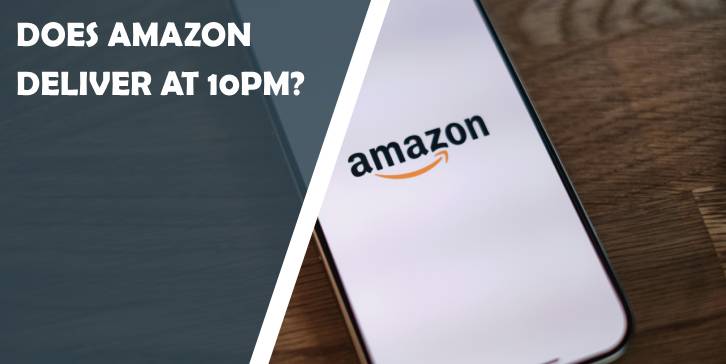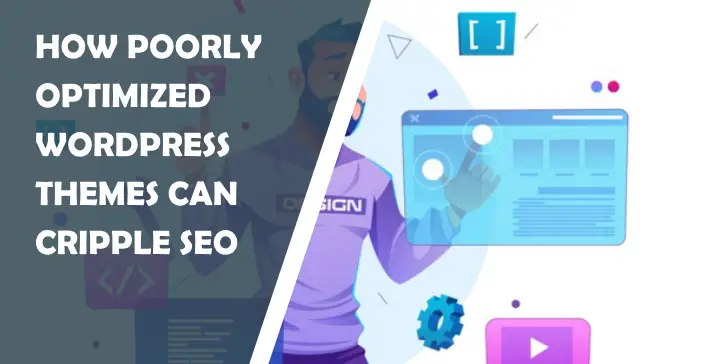WooCommerce is an ecommerce plugin designed for WordPress. Namely, it allows you to turn your WordPress site into an effective online store. One of the most significant benefits of WooCommerce is that it is fully customizable and, above all, SEO-friendly.
Still, just because you’ve powered your WP site with the WooCommerce plugin doesn’t mean you will immediately rank above your competitors.
Namely, research says that WooCommerce has already supported almost 30% of all ecommerce sites. In other words, the competition is fierce, and it keeps growing. Therefore, to stay competitive and perform better in the SERPs, you need to have a solid WooCommerce SEO strategy to back you up.
Here are a few simple tips that may help you here.
Polish Your Page Titles
A page title is one of the first things a user will see when navigating through Google’s SERPs. Precisely because of that, you need to optimize them for both your target audiences and search engines. Make them informative, descriptive, and, yet, to-the-point. When a user reads a page title, they should immediately know what your page is about.
As for WooCommerce sites, there are two types of page titles you should optimize- category pages and product pages.
Category pages don’t relate to specific products, but they still help your searchers find the right products faster. To get the most out of your category pages, make your titles highly informative and clear. Optimize them for some broader keywords. For example, if you’re selling smartphones, then your category page title could be “Smartphones,” while your product page titles would specify the model of the smartphone.
Even though keyword optimization is still the backbone of your stellar rankings, always keep in mind that you’re not optimizing your title tags for Google’s crawlers only. Your content should always be user-oriented. Keyword stuffing will only hurt user experiences, drive less traffic to your website and, consequently, seriously harm your rankings.
Optimize Your URLs
One of the first steps you should do when building an SEO strategy for your WooCommerce store is to enable permalinks. Also called permanent links or pretty links, permalinks allow you to use your product categories and names in your URLs instead of the traditional product IDs.
Why is this important?
Well, this helps you create more informative and user-friendly URLs that will drive greater traffic to your site and help users find the desired products faster. For example, without permalinks, your product page URL would be something like “yourwebsitename.com/itm/product name/2648931?hash=item1598.” With added permalinks, it would look like this “yourwebsitename.com/product-category/product-name.
You get the difference.
Now, as for enabling WordPress permalinks, all you need to do is go to Settings > Permalinks and pick a compelling and straightforward URL structure that suits you most.
Write Persuasive Meta Descriptions
Even though they don’t help you rank higher, meta descriptions are an immensely important part of your SEO strategy. Standing right under your title tag and URL, they closely describe the purpose of your page, tell a user what kind of content they can find on a page, and persuade them to click on it. If written strategically, they can significantly grow your click-through rates and drive more qualified traffic to your website.
It’s important to know that Google sometimes uses meta descriptions as featured snippets. So, if you want your meta description to appear there, make sure it’s informative, original, and easy to understand both by readers and search engines. Most importantly, each page on your website should contain a unique meta description, with a relevant keyword and a compelling call-to-action that entices a user to choose you over your competitors.
As for the length of meta descriptions, Google has recently altered the rules of the game. Your meta descriptions should be engaging and to-the-point, so keep them somewhere between 120 and 160 characters.
Tailor Keyword Research to Search Intent

Keyword research and optimization are not all about finding the most popular keywords in your niche and adding them randomly on your website.
First, you need to understand who your audience is – what their problems, expectations, and needs are. As an online brand, you’re probably targeting the audiences all around the globe. One of the most critical steps you should take is to regionalize your campaigns and tailor your keyword optimization strategy according to your local audience’s needs.
For example, if you’re focusing on selling your product to New York audiences. Then you need to choose keywords that will help you appear higher in the local search.
You should also keep in mind that people are visiting your website for multiple reasons. Based on these reasons, we can identify several key types of search intent.
- Navigational (a user searches for a particular website).
- Informational (a user clicks on your site to improve knowledge and find answers to specific questions).
- Investigational (a user lands on your website to learn something, but chances are they may buy from you).
- Transactional (a customer knows what they want, and they’re ready to make a purchase).
Precisely because of that, you need to identify the keywords that address your visitors’ search intent.
For starters, you can enable Google Analytics’ Search Console to identify the keywords people are using to find your website and do a particular action.
Rely on the Right WooCommerce SEO Plugins
Once you decide to do SEO on your own, keep in mind that it’s not as easy as it seems. Namely, you will need to consider numerous factors, such as optimizing your site regularly, setting the right metrics, tracking your key KPIs, and A/B testing everything you do. Doing all of that is almost impossible if you don’t invest in the right tools to back you up.
Now, one of the most excellent benefits of WooCommerce lies in the fact that it comes with a number of plugins and extensions that will make your life easier.
When starting, Yoast SEO will win your heart. It has become one of the most renowned SEO plugins for a good reason – it helps you optimize different aspects of your SEO strategy. For example, it enables you to choose focus keywords for your website pages, as it gives you suggestions on how to best apply your focus keyword on a page.
You can also set meta tag templates. Check your content readability. Analyze your dofollow and nofollow links. Get internal linking suggestions. Take care of technical issues (such as duplicate content), and so forth.
In addition to the Yoast SEO plugin, there are also a few additional plugins to keep in mind. For example, with Broken Link Checker, you can identify broken links on your page and fix your 404 error pages to boost user experiences. Another excellent plugin is MonsterInsights. Powered by Google Analytics, it lets you observe your website performance right from your WP admin page and create super-detailed reports.
Even though most of these plugins are quite user-friendly, doing everything by yourself can get overwhelming. While you probably won’t need to hire the entire in-house SEO team, but you can always consult freelance marketing experts if you can’t keep up on your own. Working with freelancers will enable you to get help when you need it without committing and breaking the bank.
Simplify Your Website Navigation

Optimizing your pages for the SERPs is essential. But have you ever wondered what happens once a user lands on your website? One of the first things they will see once they land on your website is your website navigation.
Website navigation helps users do research, find the right products, and make purchases faster. That’s why it needs to be clear and informative. Include all relevant categories and, at the same time, mind the complexity of your site navigation.
Too many categories in your website navigation may confuse and overwhelm your customers. You are preventing them from taking the desired action immediately. All website menu labels should be clear and informative, allowing a user to find a product instantly.
Add Interlinks to Your Key Product Pages
Linking to high-quality outside resources is essential, but internal links play a fundamental role in your WooCommerce SEO strategy. Namely, they allow users to move from one page to another effortlessly. Pass link juice from top-priority pages to the ones with the latest authority, and help you build a search engine-friendly website architecture.
For starters, analyze your website and identify your high-priority website pages. These could be, for example, essential product pages or category pages that still don’t rank well in the SERPs. You could use these highly authoritative pages to pass link juice to your lower-ranked pages and help them rank higher.
Sure, when adding internal links, do so organically. Make sure that every internal link you add to your priority page makes sense for it. For example, you could feature your priority product in the sidebar or even build an exit-intent popup.
A/B Test Everything You Do
Just because you’ve built a solid WooCommerce SEO strategy and started implementing it doesn’t mean you can now kick back and relax. Ecommerce SEO is a highly dynamic industry that changes at an astonishing pace.
Most importantly, there are no proven tactics you could apply and immediately grow your rankings, traffic, and conversions. You need to assess your online store’s performance regularly to see what works for you. Experiment with your tactics, run A/B tests, and track your WooCommerce SEO KPIs to get the most out of your strategy.
How do you implement WooCommerce SEO to grow your traffic and conversions? We’d like to hear from you!





Comments are closed.